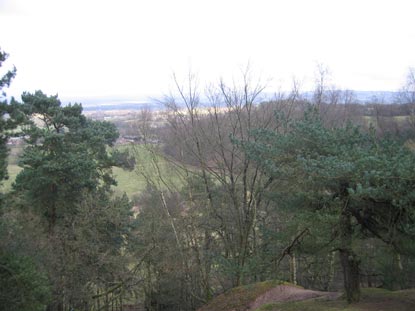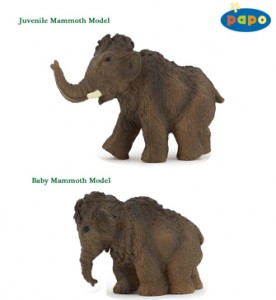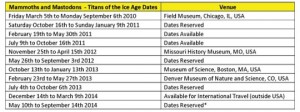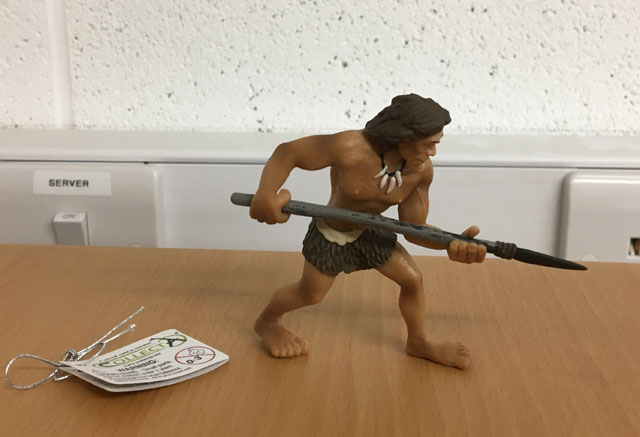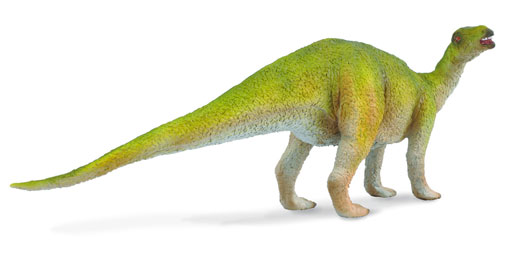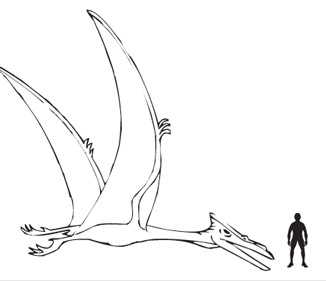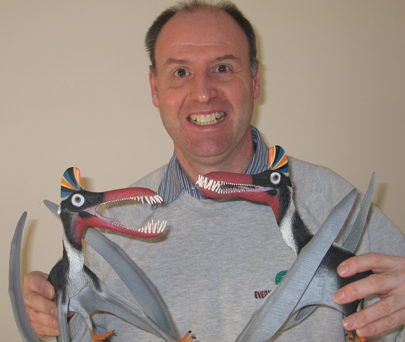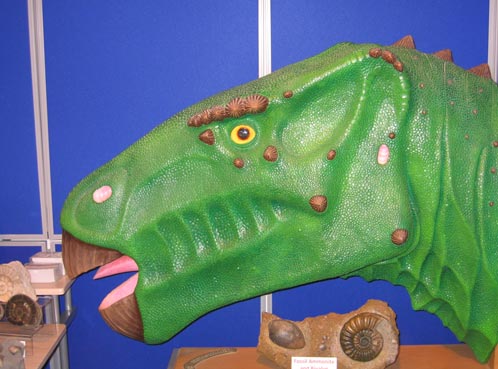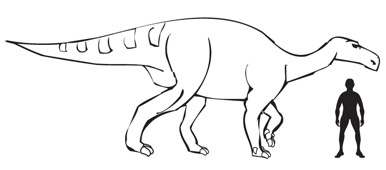Small Meat-Eating Dinosaur Points the way to Dinosaur Diversification
The discovery of a small, meat-eating theropod dinosaur, fossilised in an almost perfect bone preservation state is helping scientists to piece together the evolution of the main types of dinosaur. This new Triassic dinosaur was discovered during excavations at the famous Ghost Ranch location in New Mexico, (USA).
Theropod Dinosaur
The rocky ridges at Ghost Ranch, consisting of a sequence of Triassic sandstones, is one of the most famous vertebrate fossil sites in the world. This location has helped provide scientists with an insight into the dawn of the dinosaurs and the flora and fauna that shared the environment with the first types of dinosaur. Fossil discoveries in and around the Ghost Ranch site formed the basis of the “Walking with Dinosaurs” episode, “New Blood”, the first episode in the ground-breaking BBC TV series.
The Ghost Ranch site was first excavated by George Whitaker and Edwin H. Colbert from the American Museum of Natural History in 1947, their work helped to unearth more than a thousand specimens of the small, sleek dinosaur predator Coelophysis. Now it looks like Ghost Ranch has provided evidence of another type of Triassic dinosaur predator.
This new genus of dinosaur, named Tawa hallae, after the Native American Hopi tribe’s name for their sun god – Tawa, is estimated to have measured about 2 metres long. This bipedal animal shows characteristics of the typical theropod lineage that was to produce huge carnivores such as Giganotosaurus and T. rex. A swift and agile hunter, T. hallae had strong legs, relatively short forelimbs but with strong grasping hands and a jaw lined with curved, sharp teeth.
A Model of the Recently Described Tawa hallae
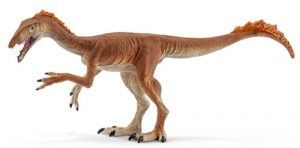
The Schleich Tawa dinosaur model (T. hallae).
The image shows a replica introduced into the Schleich dinosaur model range. To view the entire range of Schleich prehistoric animals available from Everything Dinosaur: Schleich Dinosaur and Prehistoric Animal Models.
University of Texas Research
The University of Texas based research team responsible for the discovery and analysis of the fossil bones suggest that this dinosaur provides helpful information on the evolution and diversification of the Dinosauria. During this time in the Triassic, approximately 215 million years ago, the super-continent Pangaea was at its largest, representing a single landmass that included Australia, Antarctica, the Americas, India and Africa. A dinosaur would have been able to walk from the South Pole to the North Pole if it had wanted to.
The research team’s paper, published in the scientific journal “Science” suggests that shortly after the first dinosaurs evolved in South America they split into their three main groups the saurischian sauropodomorphs and the theropods, along with the bird-hipped ornithischians.
Dr Sterling Nesbitt, a researcher at the University of Texas in Austin, lead author on the paper, explained that a number of U.S. based scientists were involved in this particular study. The Tawa hallae bone bed first being excavated in 2004, with more fossil evidence coming to light during a more extensive excavation two years later. Although a number of theropod skeletons are known from this location, most notably the Coelophysoidea dinosaur Coelophysis; many of the light, hollow fossil bones are crushed. However, this new discovery is part of a very well-preserved sequence of strata that has yielded articulated specimens which are up to 95% complete.
Commentating on this new dinosaur, Dr Nesbitt stated:
When we saw [the specimen] our jaws dropped. A lot of these theropods have really hollow bones, so when they get preserved they get really crunched, but these were in almost perfect condition.”
This new dinosaur genus, is helping to fill a gap in the fossil record. The skeleton has been dated to around 215 million years ago (mid Norian faunal stage) and puts it only about 15-17 million years later than the very first dinosaurs. This discovery adds to the evidence that the Dinosauria diversified into its three main component groups shortly after the dinosaurs first evolved.
The finding provides strong evidence for an existing hypothesis that dinosaurs originated in what is now South America, and very soon diverged into their main types and then spread throughout the whole of Pangaea.
Dr David Martill, a palaeontologist from the University of Portsmouth (UK), who was not involved in this study, said this was a “very exciting discovery”.
The Portsmouth University palaeontologist went on to add:
“This… rewrites the evolutionary tree for meat-eating dinosaurs. This beast shows how important it is to keep going in to the field looking for fossils. Just one lucky discovery can make such a difference to the way we perceive the evolution of dinosaurs, and any other creature for that matter.”
The discovery of this new, strong-jawed meat-eater may help explain a mystery surrounding the vast numbers of Coelophysis fossils found together. Coelophysis was a swift-running, bipedal dinosaur with a long tail, long neck and small head. Scientists have puzzled over why so many of these dinosaurs have been found fossilised together?
An Illustration of the Head of Coelophysis
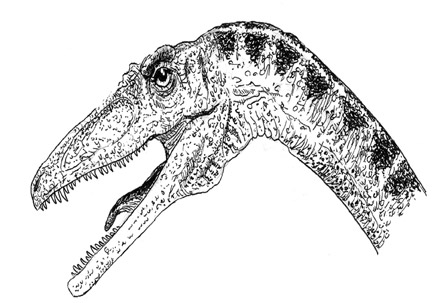
Picture credit: Everything Dinosaur
Were these animals pack hunters and did they move around in large packs? Today most vertebrates that move in large numbers are herbivores, scientists have remained curious why so many meat-eaters may have hunted together in the Triassic, perhaps with larger, more powerful carnivores such as Tawa hallae on the prowl it was safer to be part of a large group. Interestingly, this type of behaviour, not seen in predatory mammals to any great extent, may be part of the explanation why the dinosaurs were able to diversify so rapidly and out compete other terrestrial reptiles that lived at the same time.
